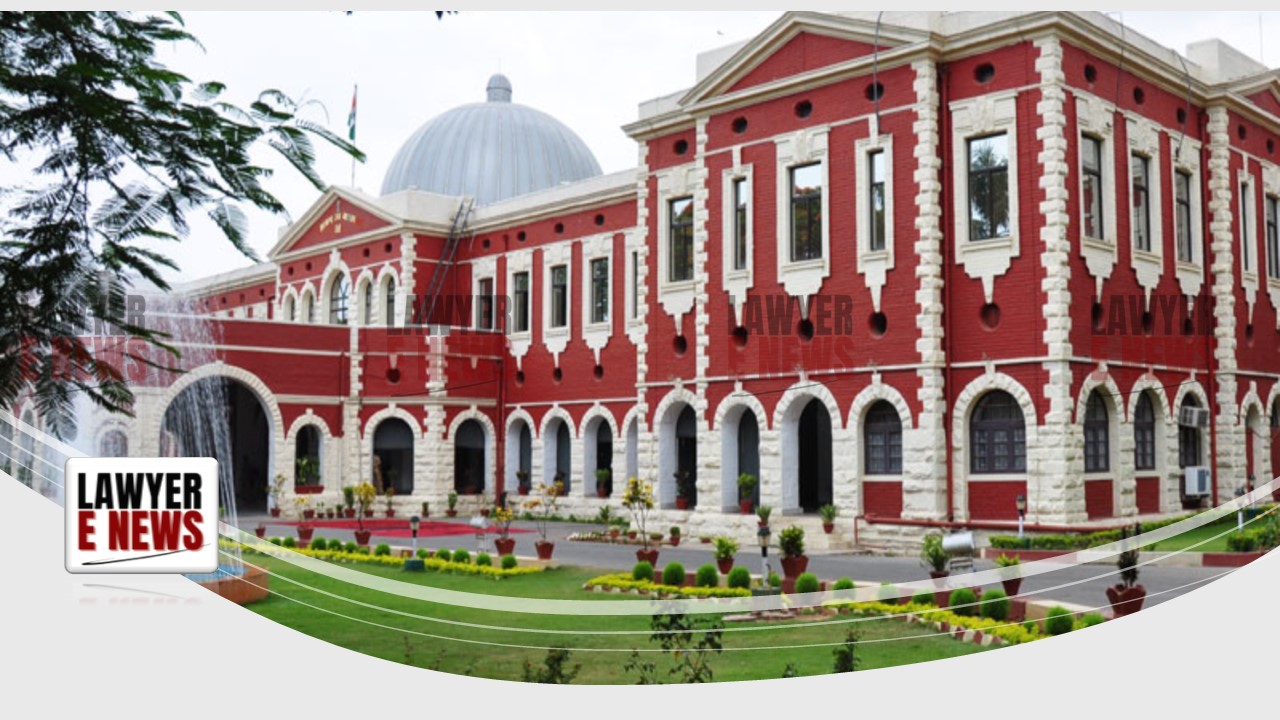-
by Admin
19 December 2025 12:13 AM



High Court emphasizes preservation of common areas as per original sanctioned plan, upholding writ court’s directive against fraudulent revisions.
In a landmark judgment delivered on May 17, 2024, the Jharkhand High Court, Ranchi, comprising Acting Chief Justice Shree Chandrashekhar and Justice Arun Kumar Rai, upheld the writ court’s directive to demolish unauthorized constructions in the Ratan Heights residential complex. The court emphasized the preservation of common areas as per the original sanctioned plan and highlighted the illegality of revised building plans that were not properly sanctioned.
Building Plan Sanction and Unauthorized Construction: The court scrutinized the series of building plan approvals and subsequent illegal constructions at Ratan Heights. Originally, the plan was sanctioned for 86 kathas of land. However, a fraudulent revised plan was later presented, showing construction on 40 kathas, which led to unauthorized structures on the remaining 46 kathas.
“The map filed in L.S. Case No. 39 of 2009 does not bear the seal or signature of the competent authority and therefore cannot be treated as a revised map of the said building,” the court observed.
Fraud and Misrepresentation: The court addressed the deliberate misrepresentation and fraud by the landowners and the builder in securing the revised map.
“Fraud unravels all judicial acts,” the bench remarked, referencing past legal principles that emphasize the invalidity of judgments obtained through deceit.
Common Areas and Facilities: Underlining the rights of the flat owners, the court stressed that common areas as defined under the Jharkhand Apartment Ownership Act, 2011, could not be altered without the written consent of all apartment owners.
“The rights of the flat owners were infringed due to violations in law,” the judgment read, noting the necessity of the 46 kathas of land for common facilities like an underground water tank and other amenities.
Safety and Structural Integrity: The court considered the imminent threat to the safety of residents posed by the unauthorized constructions, as highlighted in an evaluation report by MECON’s Director (Technical).
“The retaining wall was not safe and the base raft was not secure,” the court noted, justifying the order for demolition to protect the residents’ safety.
Justice Shree Chandrashekhar remarked, “The writ Court was not even required to take a response from the new builder for examining the legality of the orders passed by the Municipal Commissioner and the Appellate Tribunal.”
The High Court’s decision to dismiss the appeals and uphold the writ court’s orders reaffirms the importance of adhering to sanctioned building plans and maintaining common areas for the benefit of all residents. This judgment sets a significant precedent for addressing unauthorized constructions and safeguarding the rights of apartment owners, ensuring that similar future disputes are resolved with strict adherence to legal and safety standards.
Date of Decision: May 17, 2024
